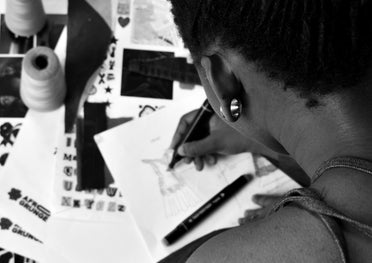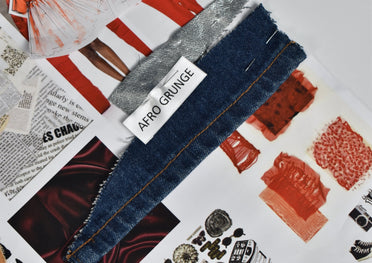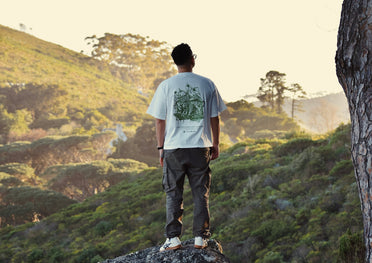What Would A Truly Circular Fashion System Be Like?
[ Story ]
Article
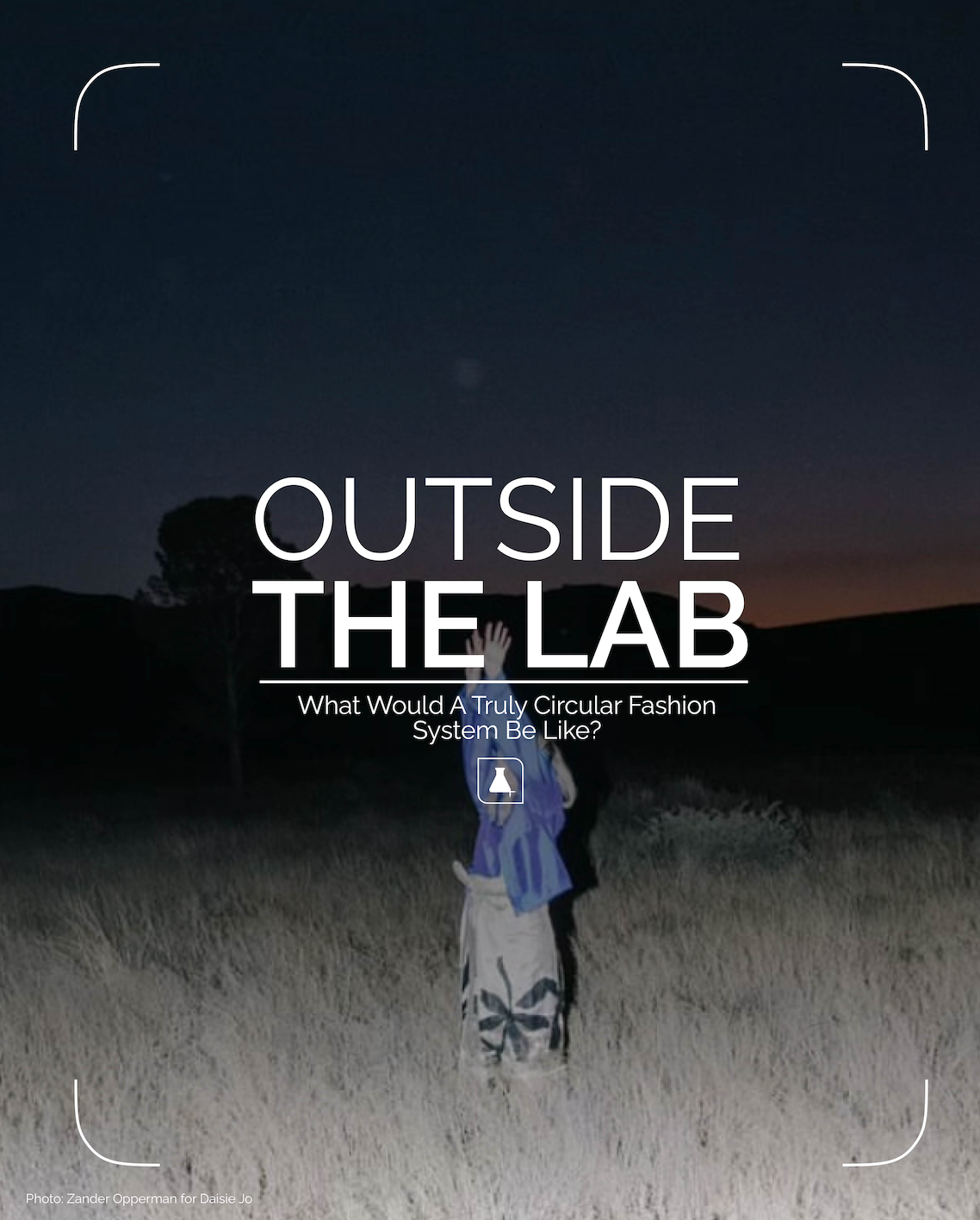
The traditional ‘linear’ model has dominated fashion production for the better part of a century, characterised by a straightforward process of ‘take, make and dispose’. Resources are extracted as needed, and fashion is created to meet seasonal trends and consumer demands, with little consideration for the end-of-life phase of the products. Landfills today stand as the grotesque summits depicting the literal and figurative dead-end that we face within this kind of system. There has to be another way, right?
There is, and it's called ‘circularity’ – and it's being experimented with in amazing ways.
There is, and it's called ‘circularity’ – and it's being experimented with in amazing ways.
Circularity as a concept found its popularisation through the Ellen MacArthur Foundation — created by solo long-distance Ellen MacArthur, who completed her record-breaking solo-circumnavigation of the globe in 2005, only to be left with an acute awareness of how finite the earth’s resources are. The foundation is one of the most prolific advocates for building out sustainable, systemic change across various industries through a ‘circular economy’ — and for fashion, this is aimed at redesigning the industry to be more restorative and regenerative by nature.
Written by Holly Beaton / @hollybellb
Photos from Daisie Jo Clothing / @daisieyjo
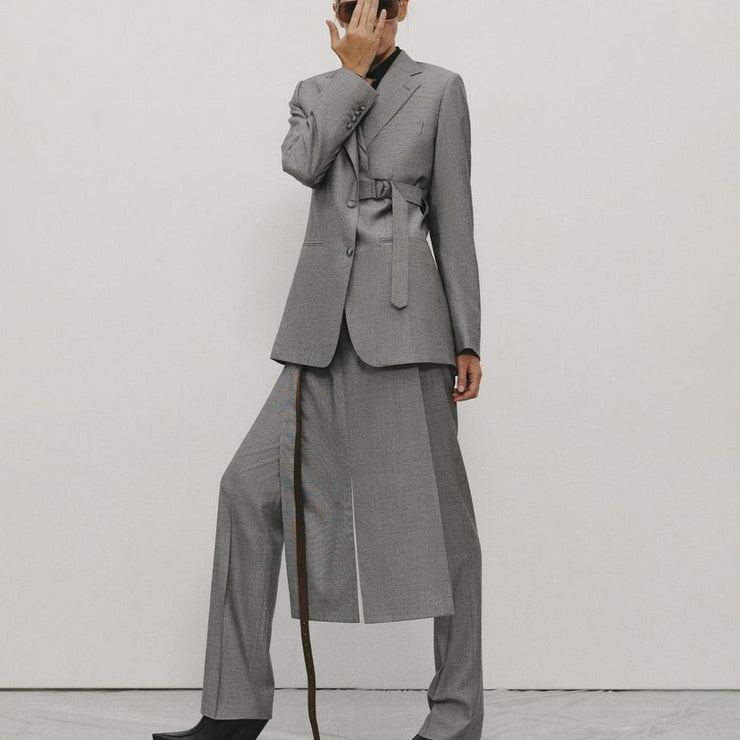
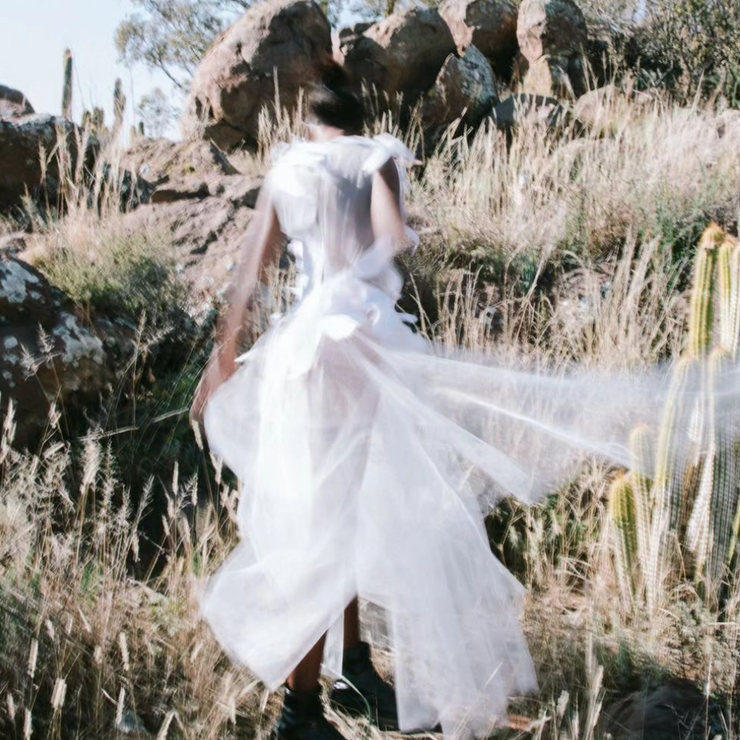
It may seem pretty utopian, but embracing circularity actually provides a functional blueprint for a sustainable future — and it's being adopted across the fashion industry. It's an exciting challenge to explore just how much design thinking can change fashion in ways that are both inventive and expansive. Imagine a circular world where beginnings and ends aren't defined by mere extraction—of materials, resources, labour, and creativity.
Instead of the 'take, make, dispose' mindset that we've adopted to express fashion today, there is another way, and a different path; a path that considers the impact of a piece of clothing or pair of shoes at every stage of manufacturing and our own relationship to the ownership of our clothing.
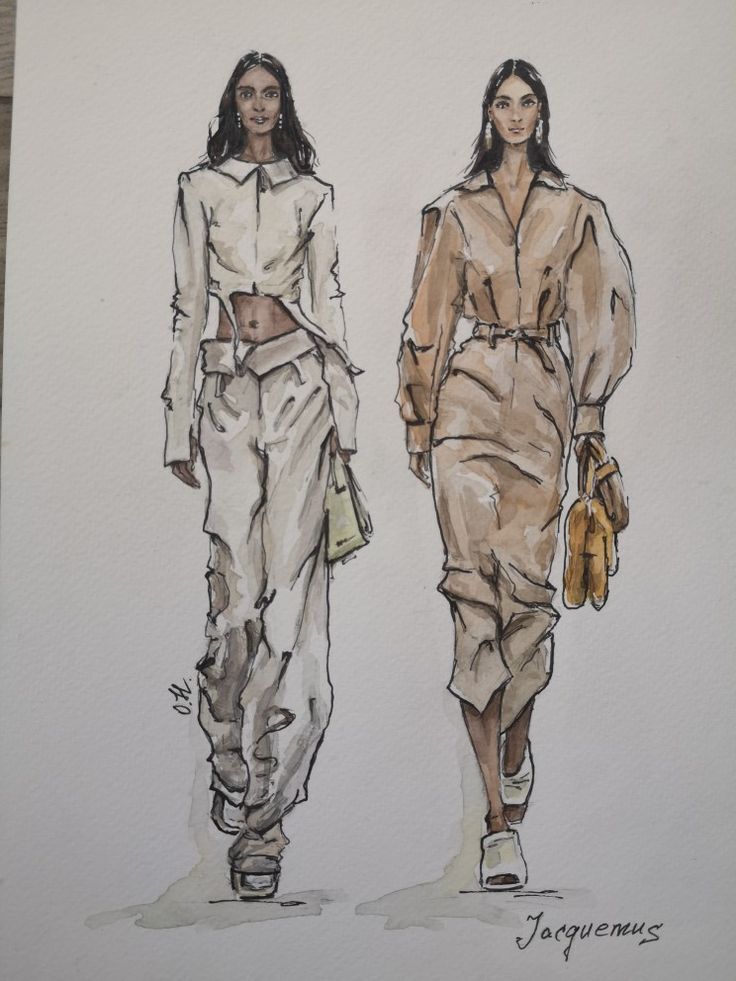
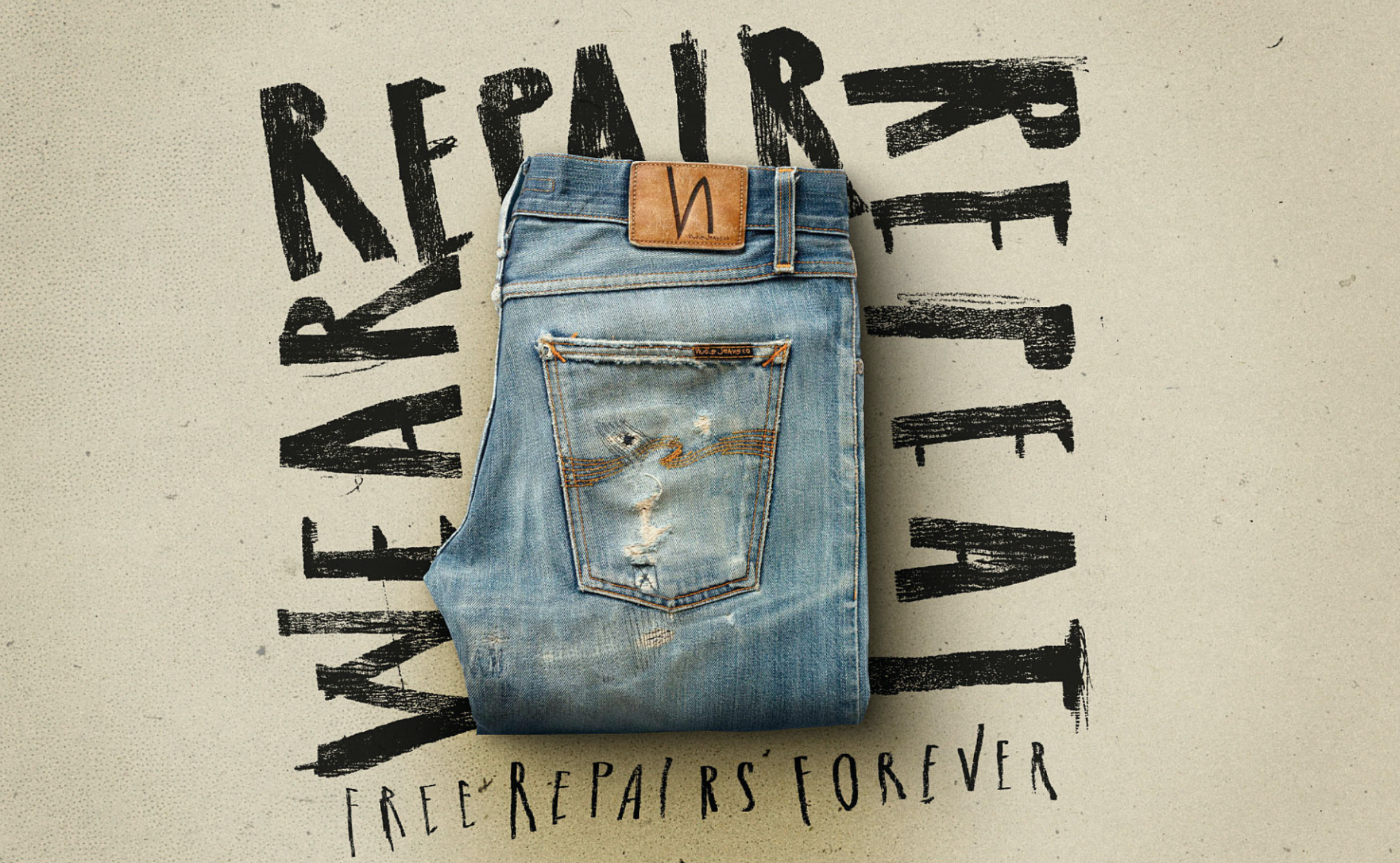
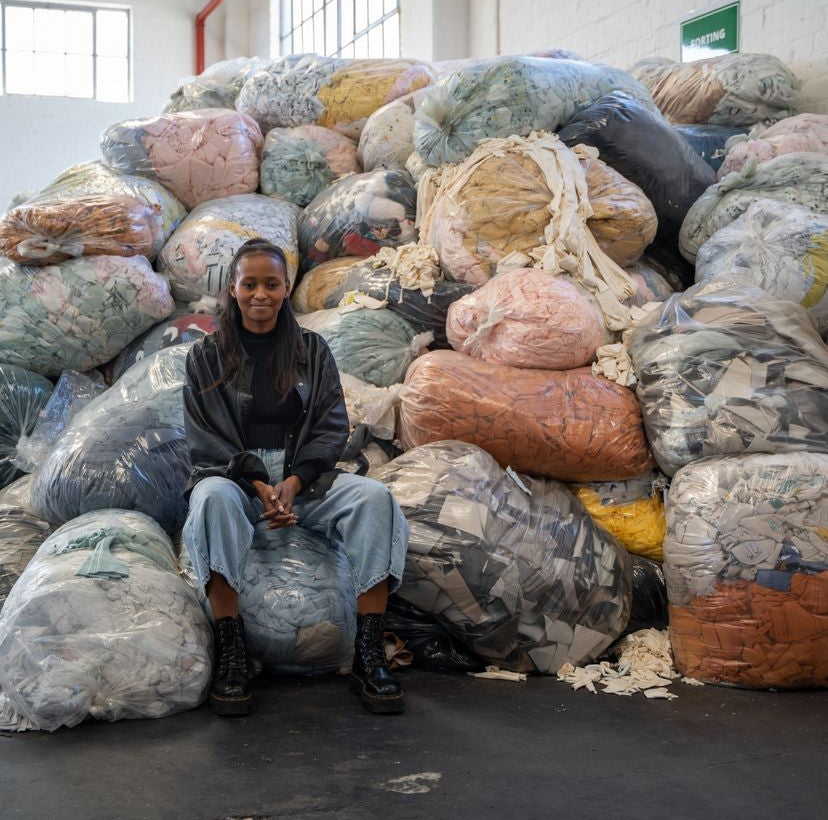
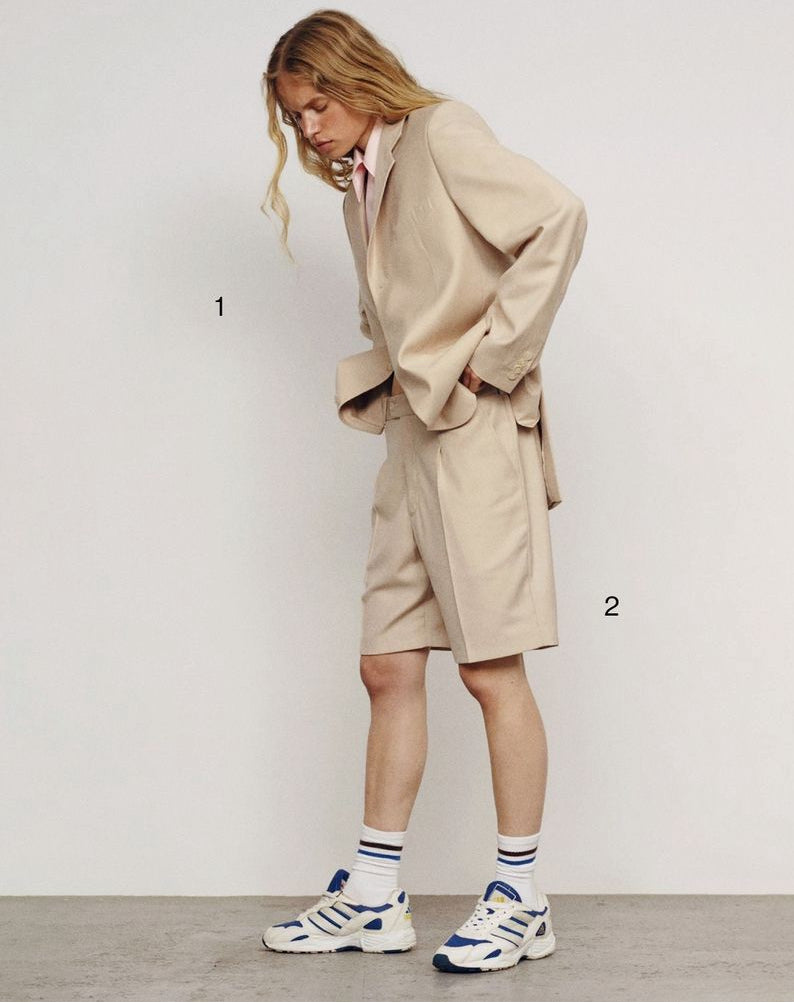
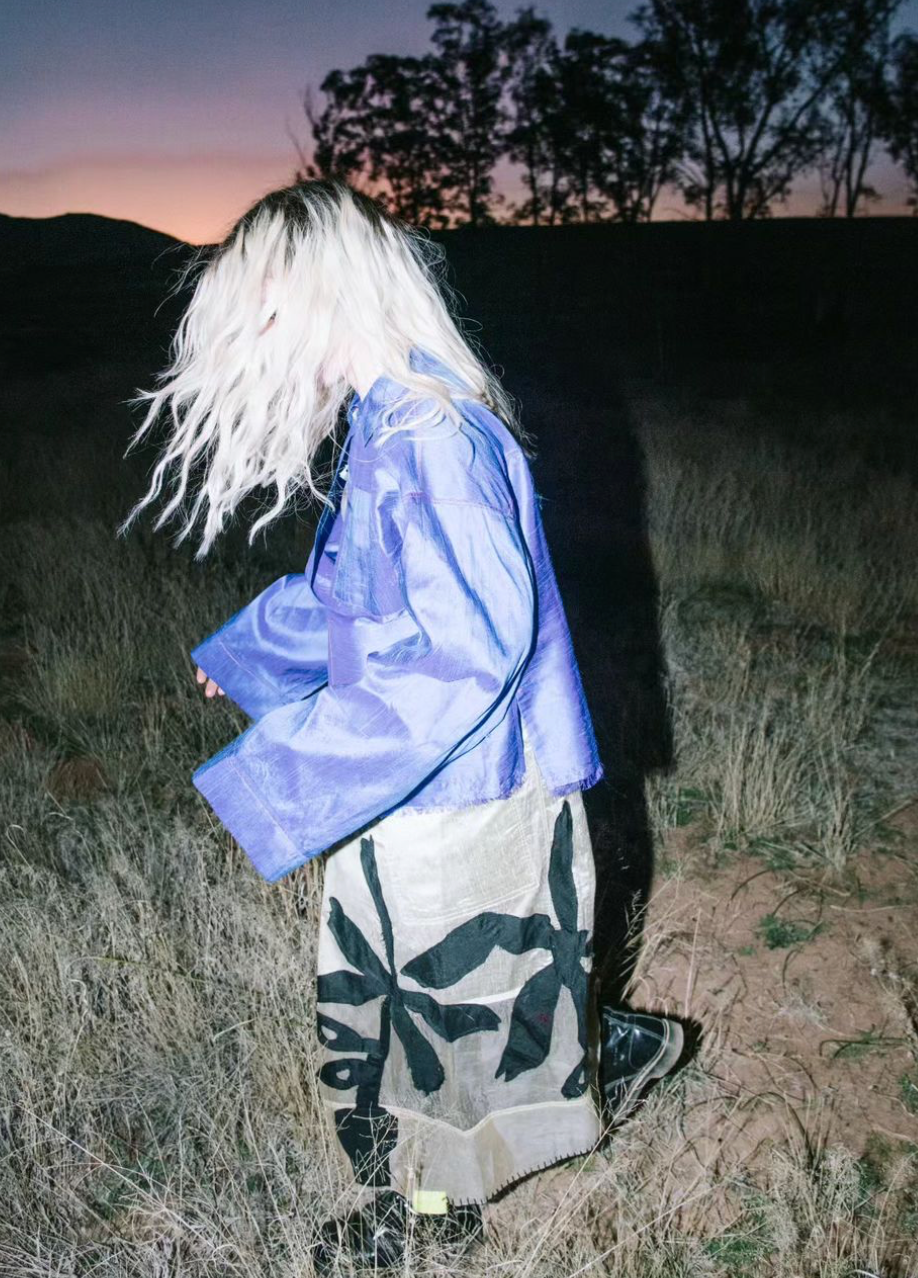
CIRCULAR FASHION SYSTEMS
In circular thinking, designing for longevity is critical – and begins long before any needle and thread assembles a garment, with designers and brands considering their fabrication choices based on its ability to be long-lasting, ageing well and withstanding wear and tear. This could be natural fibres and bio-based materials born through innovation, like those made by PYRATEX, whose fabric archive boasts everything from sea-weed or agricultural waste derived, to the best practice for developing cotton. Imagine an open-source materials archive with varying fabrics available at different price-points, motivating designers at every stage of their financial ability to opt for low-impact materials in which their garments can either be safely decomposed or recycled? Or, as demonstrated by LVMH Winner Julia Pelipas' brand Bettter, brands can follow their concept of an innovative ‘upcycling system for engineering a better future’. Bettter is a luxury brand that exclusively uses deadstock fabrics and repurposed garments in their collections – disrupting our notion that upcycling is strictly for DIY, thrifty sewers.
Setchu by designer Satoshi Kuwata is another LVMH Prize Winner whose primary focus involves modular fashion, designing garments with interchangeable or adjustable components, which allow many of his pieces to be easily updated or customised. This approach extends the lifespan of clothing by enabling users to adapt their garments to new styles or needs without having to purchase entirely new items. A jacket with detachable sleeves can transform into a vest, or a dress with adjustable hemlines can shift from casual to formal wear – and the wearer becomes intimately involved with the construction of their purchase. This kind of technical approach also leads to design for disassembly, using materials and construction methods that facilitate easy disassembly, so each component can be separated and recycled or repurposed. For instance, garments might be assembled with easily removable fasteners and minimal use of adhesives, which can complicate recycling. By considering how a garment will be dismantled at the end of its life, designers can think about their collections as mutable, ever-changing feats of engineering. This, folks, is true fashion.
Setchu by designer Satoshi Kuwata is another LVMH Prize Winner whose primary focus involves modular fashion, designing garments with interchangeable or adjustable components, which allow many of his pieces to be easily updated or customised. This approach extends the lifespan of clothing by enabling users to adapt their garments to new styles or needs without having to purchase entirely new items. A jacket with detachable sleeves can transform into a vest, or a dress with adjustable hemlines can shift from casual to formal wear – and the wearer becomes intimately involved with the construction of their purchase. This kind of technical approach also leads to design for disassembly, using materials and construction methods that facilitate easy disassembly, so each component can be separated and recycled or repurposed. For instance, garments might be assembled with easily removable fasteners and minimal use of adhesives, which can complicate recycling. By considering how a garment will be dismantled at the end of its life, designers can think about their collections as mutable, ever-changing feats of engineering. This, folks, is true fashion.
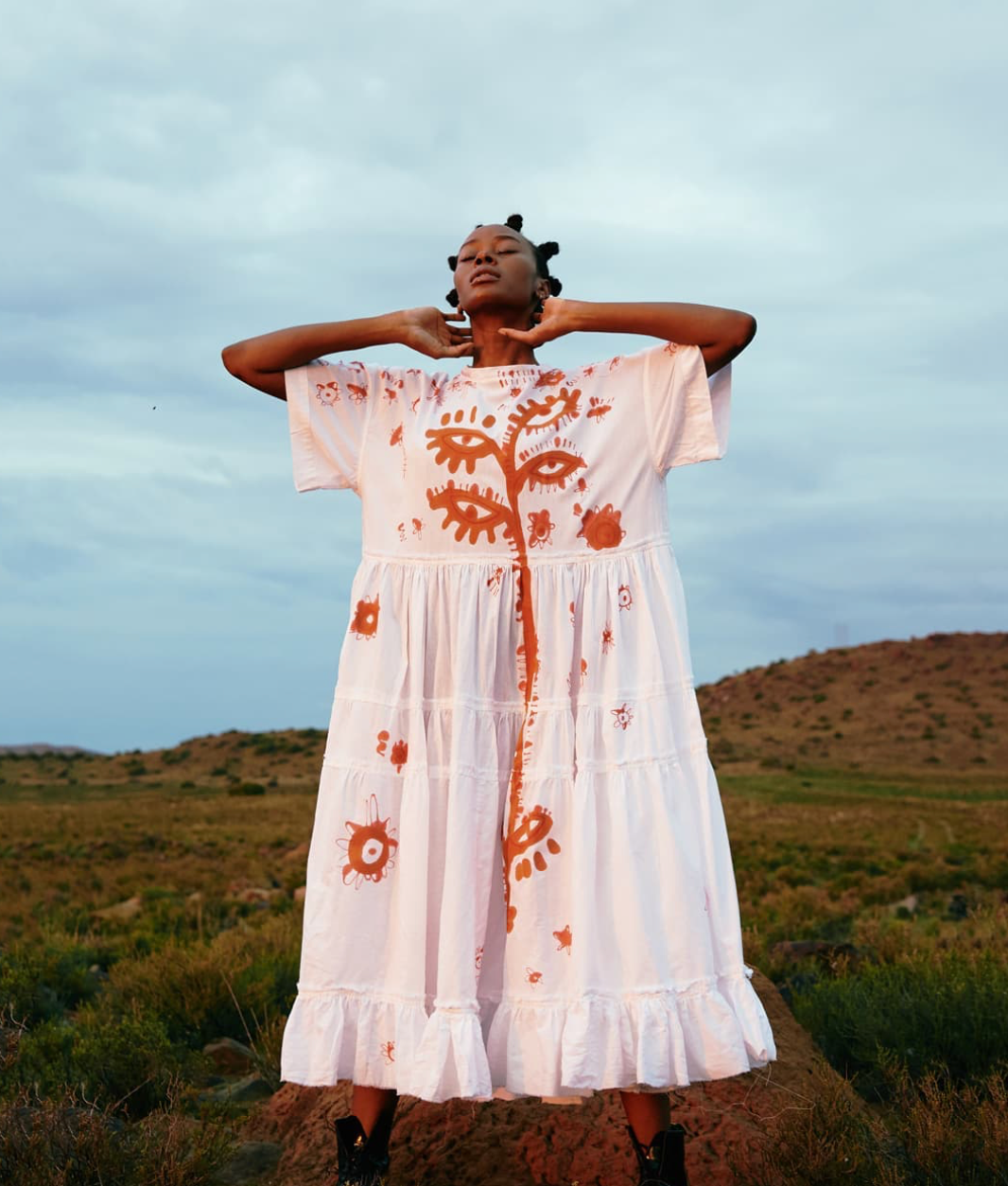
At Sneaker LAB, we’ve been on this mission for a minute and we’re deeply passionate about repairing and maintenance as a culture – with the brand being built on the very idea that care practices for our sneakers are integral to their longevity and sustainability. Informed by bio-technological solutions, repairing and maintenance as a culture within the Sneaker LAB world hinges on proper cleaning techniques, stain removal and deep care for the things that we own and wear, as we form part of a wave in which care and repair are becoming commonplace, cultural practice. That piece that you love so much, and you’ve worn through some of the best moments of your life? Learn to mend it with a DIY repair kit. Or, like Nudie Jeans – who promise 'a lifetime of free repairs’ for their denims, brands can integrate repair services as part of a customer's purchase. Maintenance education can make you an artisan of your own wardrobe; equipping you with the skills and knowledge to care for and repair your garments, resulting in your ability to extend their life and preserve their value. There are so many ways to map out how this could work; whether its connecting with a local tailor in your area, or innovations like SOJO, a door-to-door repair app in the UK, connecting customers with their team of in-house tailors — making repairing clothes as mainstream as it was fifty years ago, albeit this time through technology.
When it comes to disposing of fashion, circular thinking reimagines the end of a garment's life as an opportunity for renewal rather than waste. Rewoven is a South African company pioneering the recycling of textile and fashion waste through a pilot project platform – and as founders Esethu Cenga and Tshepo Bhengu share, “Textile recycling is not only a necessary sustainable practice that the textiles industry needs to adopt to mitigate its impacts on the environment, but it is also a very labour-intensive process that can be an avenue for sustainable job creation in South Africa. We believe that everything is interconnected, just like our relationship with the environment, which we rely on for our basic needs: air, water and food. We believe strongly in the idea that part of maintaining our well-being as humans is necessarily taking care of the resources that enable our existence.”
Circularity calls us to reestablish an intimate and co-creative relationship with fashion: the way we purchase our clothing, how we care for and maintain it, the respect we hold for the process of its creation, the people who make it and the resources used to do so, and how we perceive the lifecycle of our garments, including their eventual departure from our wardrobes. It is only recently that we have become disconnected from the direct process of clothing construction; not so long ago, our communities had tailors and local manufacturers that we knew personally, and concepts like accessible customisation using fabrics, threads, and craftsmanship was common practice.
We once understood and respected each piece that came through our hands and onto our bodies — and while today we have the abundance of choice and the myriad of incredible brands and designers that are building entirely new visions of fashion – circularity asks us to explore a conscientious approach, in tandem with all the with all the technological advancements, design innovations, and sustainable practices emerging in the industry. If we can achieve this at scale, to totally replace the linear model, we could live in a world in which fashion is no longer harmful to people or the planet. Circularity invites us to reconsider our relationship with fashion, urging us to appreciate craftsmanship, value longevity, and commit to sustainability in every aspect of our fashion choices.
We’re all about it — are you?
When it comes to disposing of fashion, circular thinking reimagines the end of a garment's life as an opportunity for renewal rather than waste. Rewoven is a South African company pioneering the recycling of textile and fashion waste through a pilot project platform – and as founders Esethu Cenga and Tshepo Bhengu share, “Textile recycling is not only a necessary sustainable practice that the textiles industry needs to adopt to mitigate its impacts on the environment, but it is also a very labour-intensive process that can be an avenue for sustainable job creation in South Africa. We believe that everything is interconnected, just like our relationship with the environment, which we rely on for our basic needs: air, water and food. We believe strongly in the idea that part of maintaining our well-being as humans is necessarily taking care of the resources that enable our existence.”
Circularity calls us to reestablish an intimate and co-creative relationship with fashion: the way we purchase our clothing, how we care for and maintain it, the respect we hold for the process of its creation, the people who make it and the resources used to do so, and how we perceive the lifecycle of our garments, including their eventual departure from our wardrobes. It is only recently that we have become disconnected from the direct process of clothing construction; not so long ago, our communities had tailors and local manufacturers that we knew personally, and concepts like accessible customisation using fabrics, threads, and craftsmanship was common practice.
We once understood and respected each piece that came through our hands and onto our bodies — and while today we have the abundance of choice and the myriad of incredible brands and designers that are building entirely new visions of fashion – circularity asks us to explore a conscientious approach, in tandem with all the with all the technological advancements, design innovations, and sustainable practices emerging in the industry. If we can achieve this at scale, to totally replace the linear model, we could live in a world in which fashion is no longer harmful to people or the planet. Circularity invites us to reconsider our relationship with fashion, urging us to appreciate craftsmanship, value longevity, and commit to sustainability in every aspect of our fashion choices.
We’re all about it — are you?
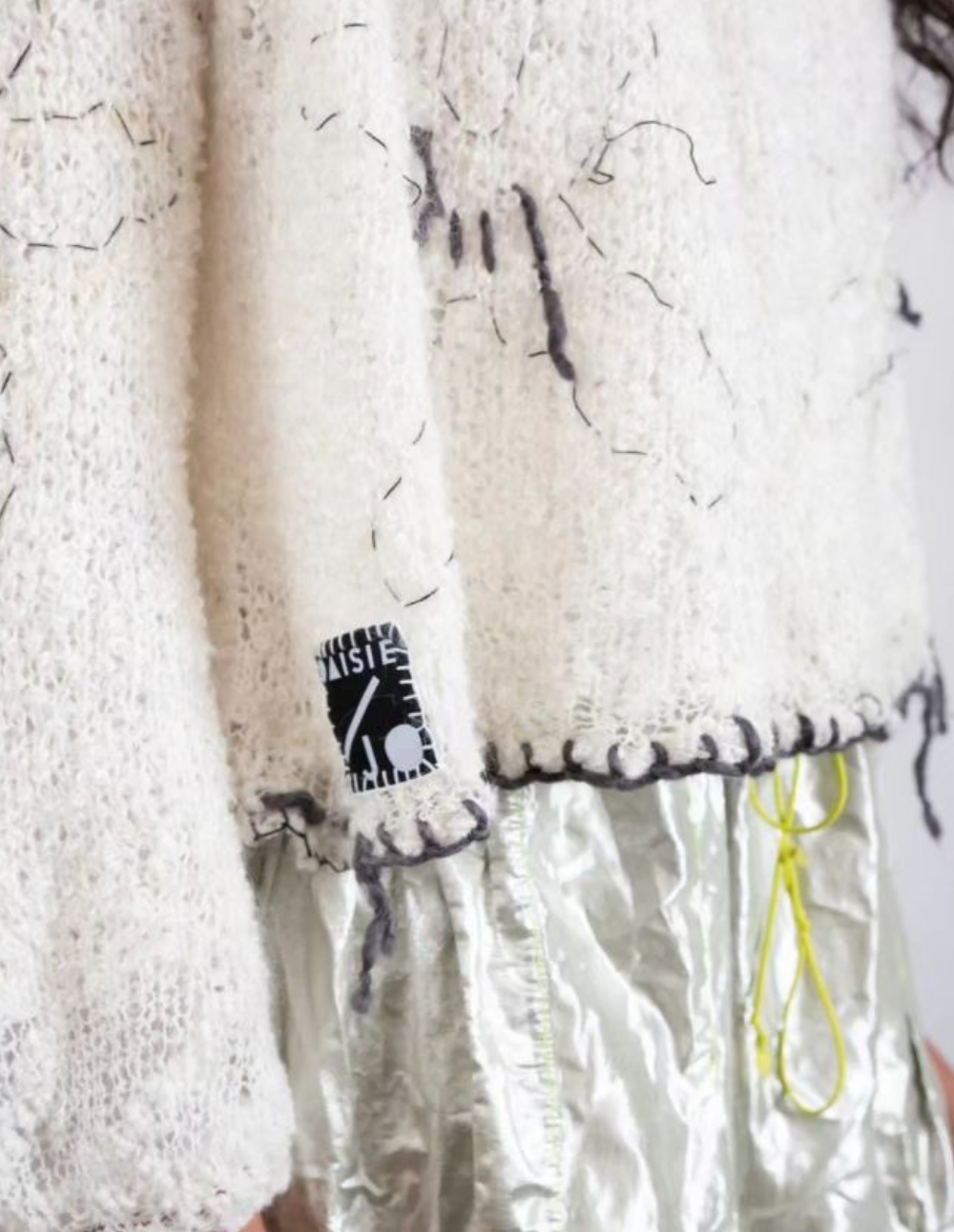
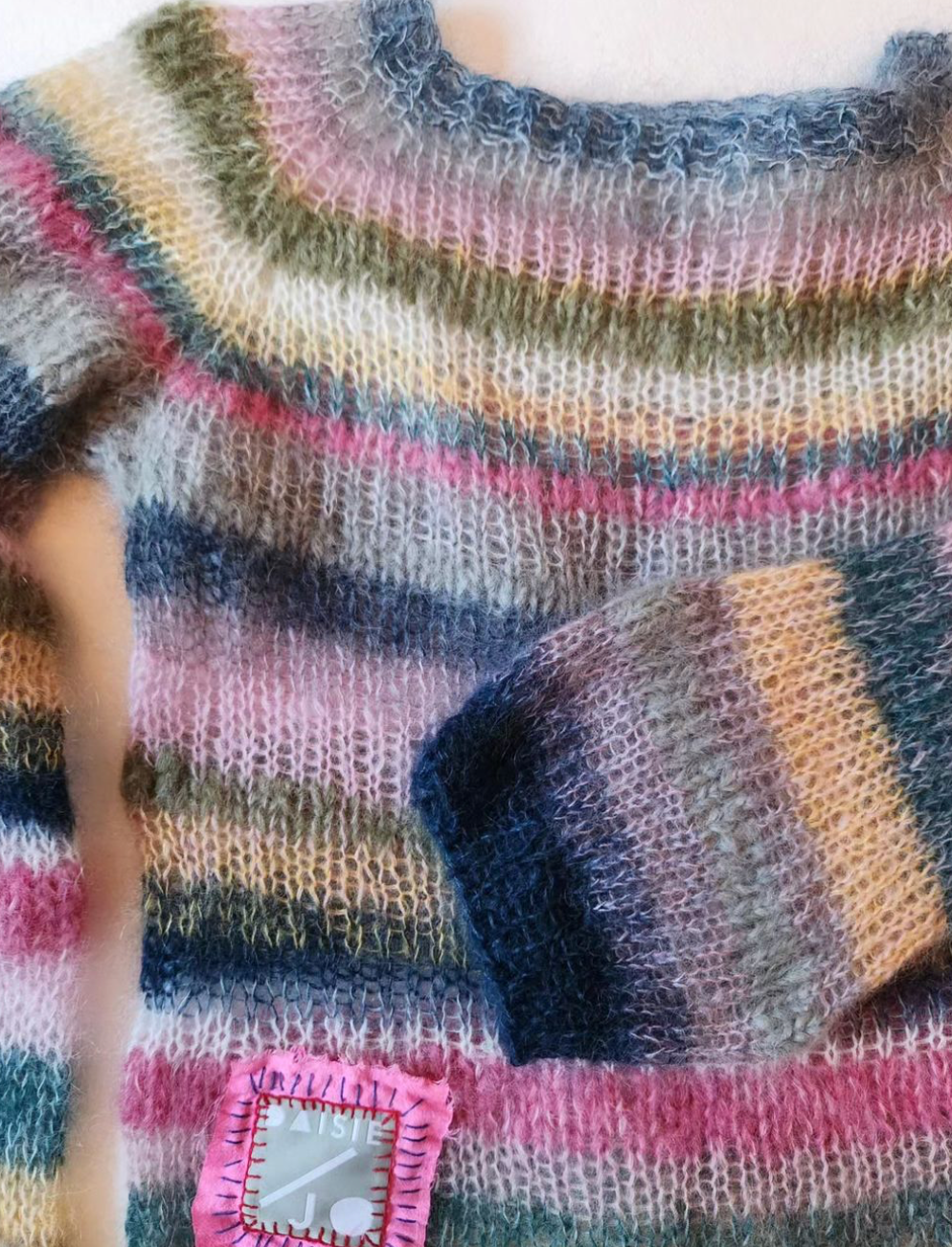
[ Follow ]
